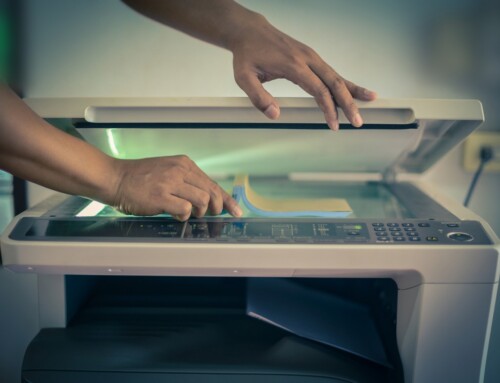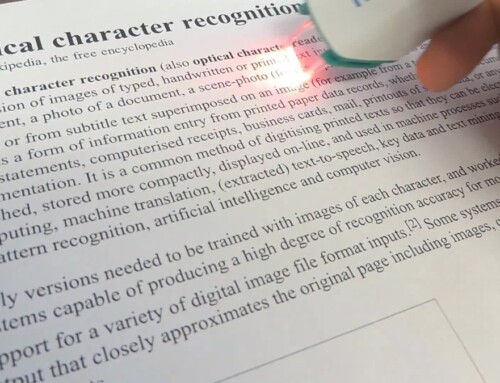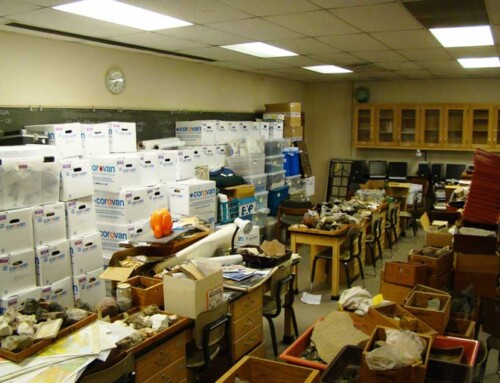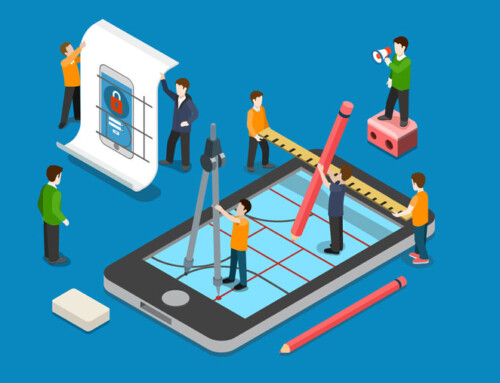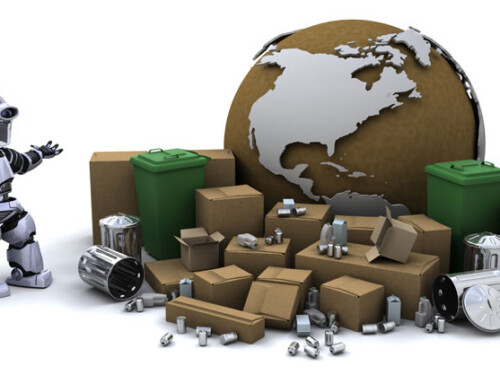 We all want better productivity and more efficiency, but balk at the perceived time, energy, and financial investment that seems to come with getting it. The reality? Some of the greatest office hacks are free or low cost, and easy to implement. The sky’s the limit.
We all want better productivity and more efficiency, but balk at the perceived time, energy, and financial investment that seems to come with getting it. The reality? Some of the greatest office hacks are free or low cost, and easy to implement. The sky’s the limit.
One of the easiest tweaks for increased efficiency is to stop having meetings. According to Atlassian, employees lose an average of 31 hours each month to useless get-togethers. It amounts to $37 billion in salary to pay those employees to sit in a stuffy room and daydream…in the U.S. alone! Informational meetings are the worst. Opt for a quick email or memo. And if you absolutely must have a meeting, set a strict deadline and stick to an agenda. Done.
Fast Company found that as much as 70% of your workday is wasted in one way or another. Track it for a week using good old fashion pen and paper. Or use a program like Rescue Time if you prefer the digital route. Either way, keep a detailed record of every minute during a typical workday. You’ll see the waste and excess. Cut it out with impunity.
Consider the Pareto Principle (aka the 80/20 Rule). It stipulates that 20% of your invested input is responsible for 80% of the results. Put another way, 20% of your work accounts for 80% of your productivity. Identify and prioritize that 20%.
Create smart deadlines. Parkinson’s Law states that a task expands to fill the time we allot to it. If you give yourself a week to complete a report, you’ll find a way to stretch it to the full five days. Limit yourself to a day or two, and you’ll hunker down and focus. Deadlines are a good thing – internal, external, or otherwise. Use them.
Automate and use technology where you can: video conferencing, messenger apps, and email instead of meetings, cloud storage and document scanning software like ccScan instead of filing paper documents, Google Drive and Basecamp for anywhere accessibility and collaboration, and automatic email systems like Sanebox or Google Inbox instead of constantly dealing with scores of messages. Communication and document workflow devour too much of our time.
We’re hardwired to appreciate and respond to nature, so open windows and blinds. We’re more productive and happier when we can just see outside and natural lighting (versus horrible fluorescent tubes) consistently leads to happier employees, few absences, and fewer sick days (students in windowless classrooms even tested below their peers who had a window). An Exeter University study found that the addition of plants to an office can make us up to 15% more productive. Simple.
Last 10-15 minutes of the day? Plan, schedule, and prioritize for tomorrow. Then you can immediately get down to work first thing in the morning.
Services like Coffitivity, Calm (which has the added benefit of nature scenes), and Brain.fm can help to boost creativity, focus, and problem solving while helping to tune out distractions (or at least replace it with “research-backed” ambient noise).
Switch tasks and take a break every 25 (the Pomodoro Technique), 52 (according to The Atlantic), or 90 (according to our ultradian rhythm) minutes (the debate rages on this one). Regardless, schedule in some downtime – somewhere between 10-20 minutes if possible – after each work period. Switch it up. Break it up. Focus is a finite resource.
You don’t need expensive equipment or difficult to understand systems to launch your efficiency into the stratosphere. You just need these few tweaks. Get more done in less time.

